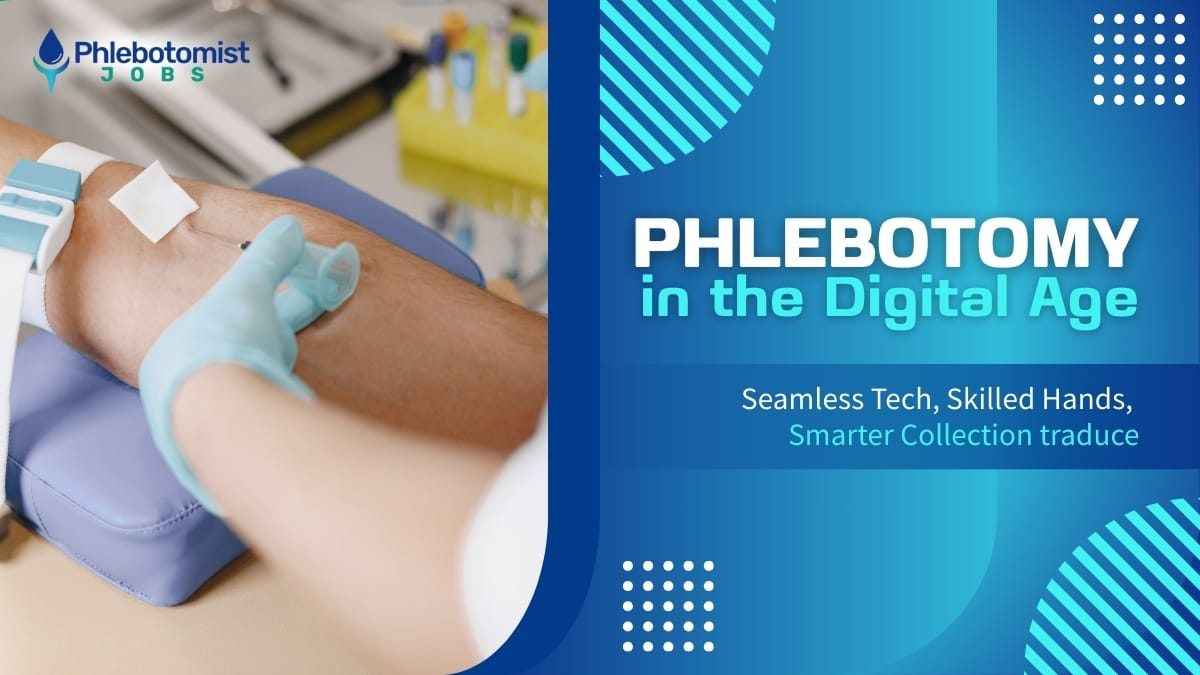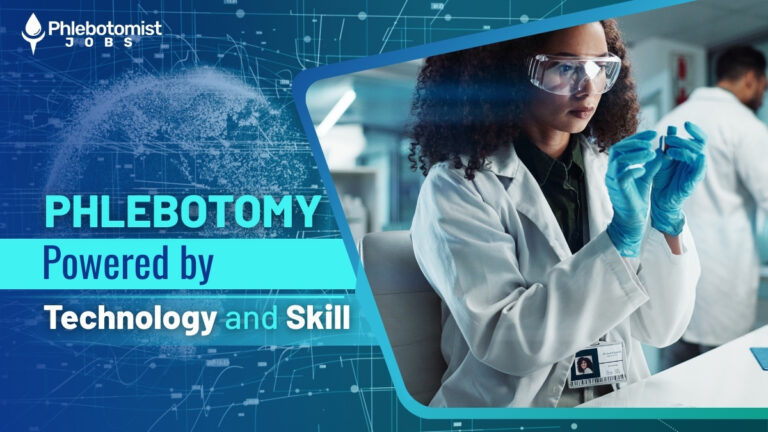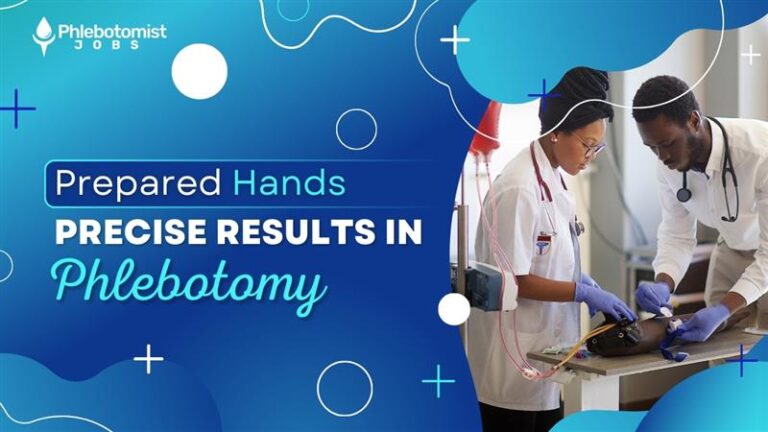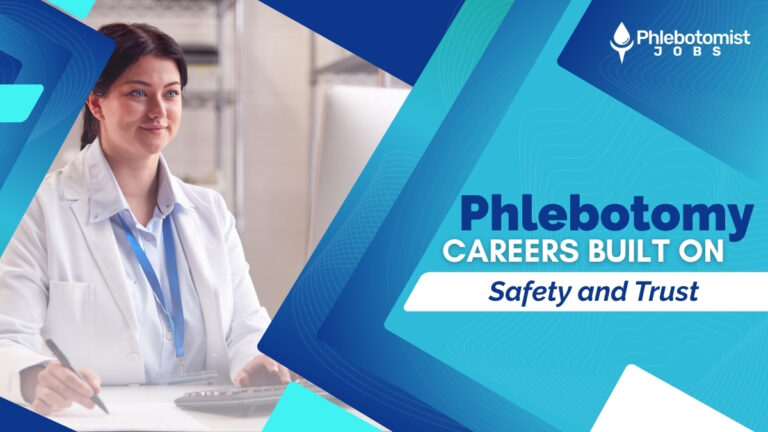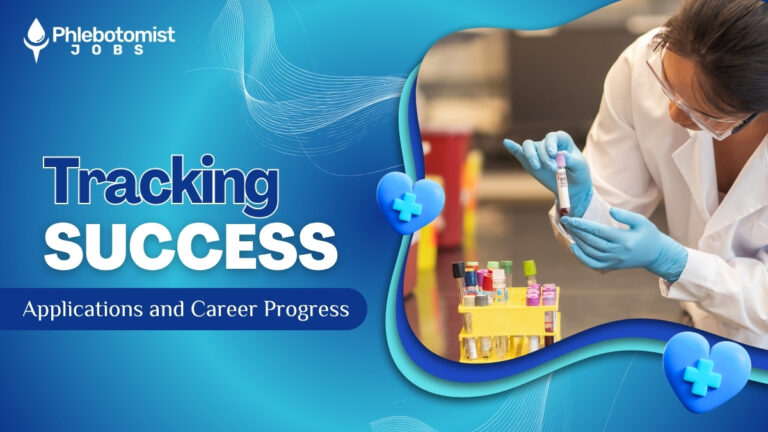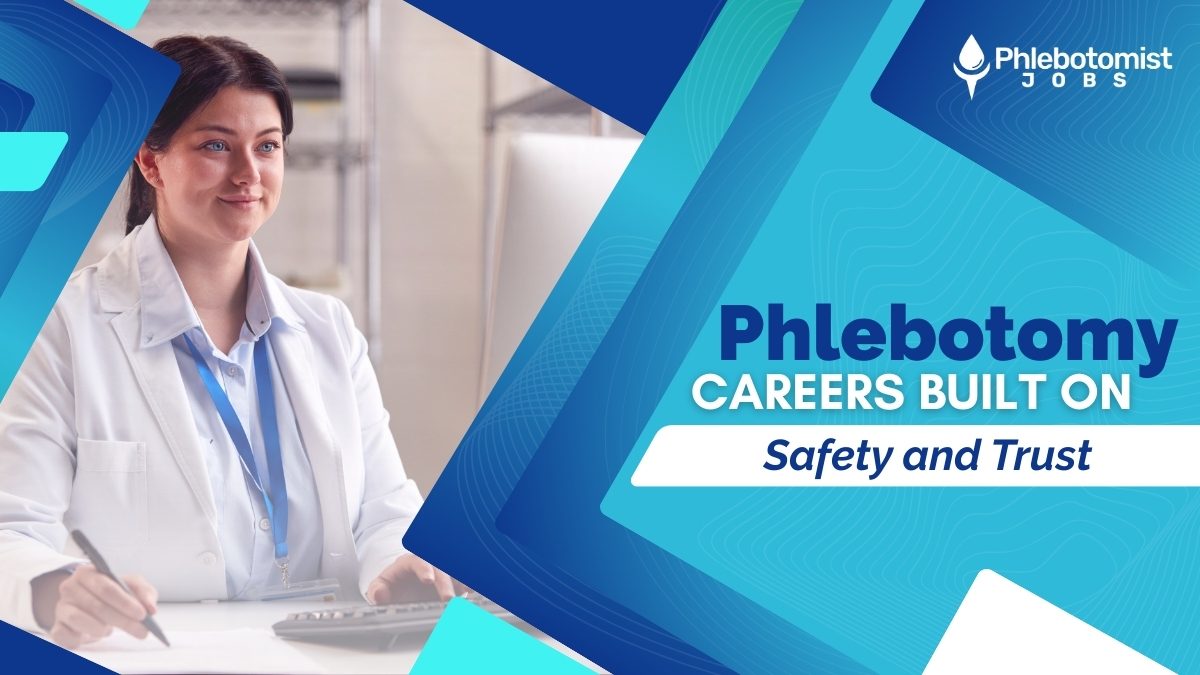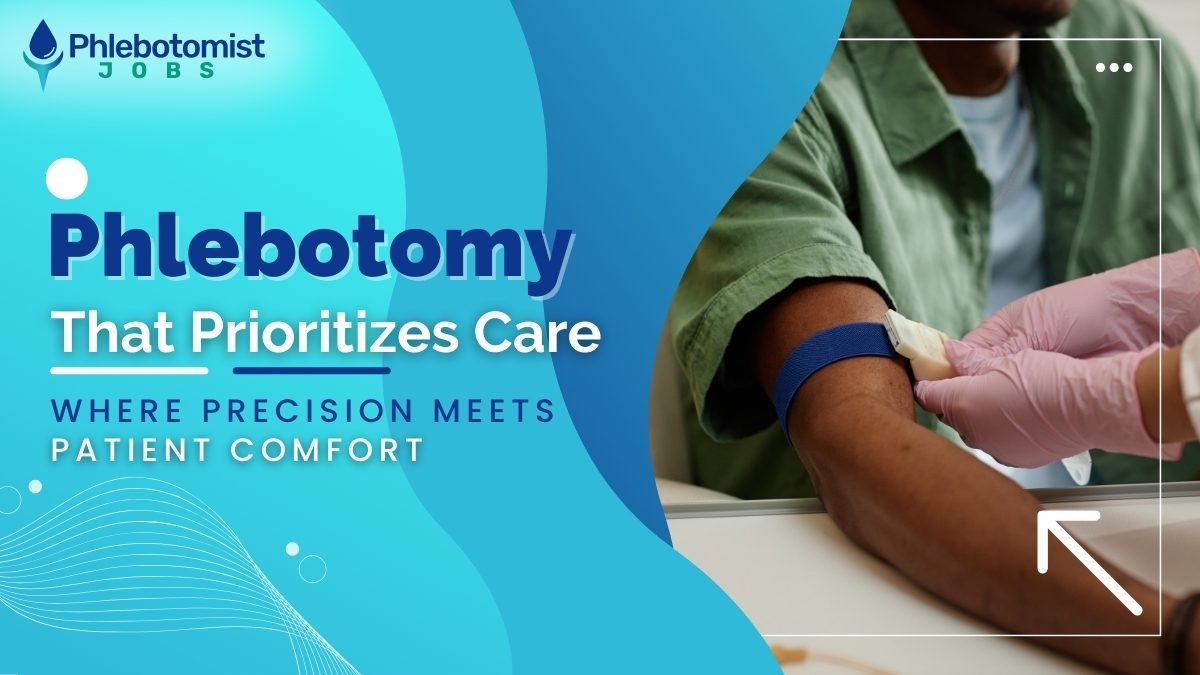Table of contents ▸
Introduction
Historically, phlebotomy was viewed mostly as a manual operation done mostly in more clinical environments; now, with much technological change ahead, primes such work for transformation. And as health care changes, the phlebotomist paradigms are shifting from traditional duties and provide integration into smart tools and mechanisms and data-driven systems. In this blog, we will explore how technology is able to impact phlebotomy in the big employment future, opening a panoply of opportunities while also redefining the profession in itself.
Technologies in Phlebotomy
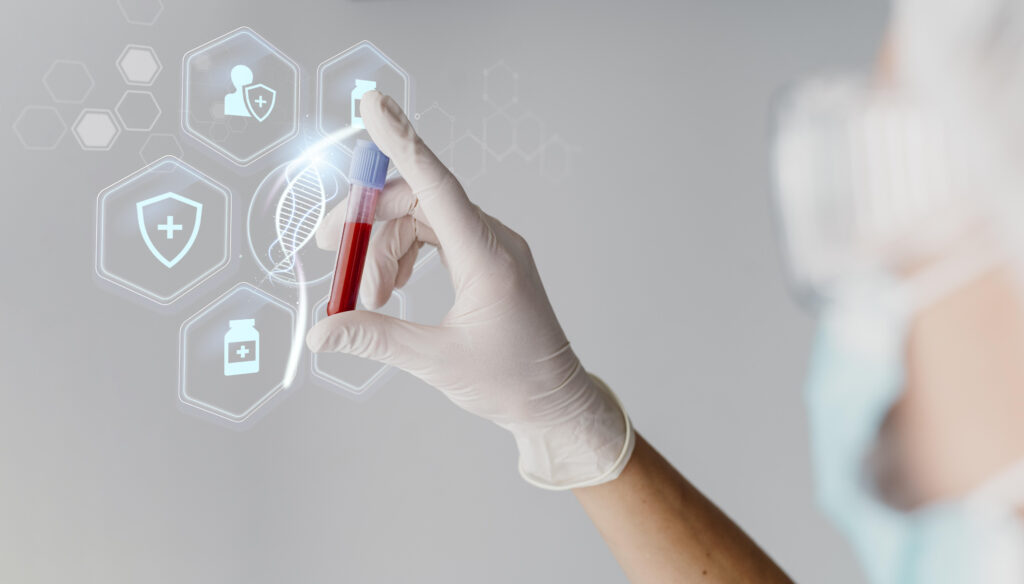
Automation and Blood Collection
A significant advance in phlebotomy has been the introduction of an automated blood collection system. Devices like the Veebot robotic venipuncture system localize veins using infrared light and ultrasound to minimize multiple needle sticks and maximize patient comfort. Such machines are also ensuring efficiency and accuracy in performing their functions across patient demographics.
Health Monitoring Wearable Devices
Wearable health technologies have inconspicuously aided phlebotomy by facilitating continuous health monitoring. Glucose or oxygen saturation monitors variables can be said to limit the need for blood draws, thereby allowing phlebotomists more time for more technical tasks. An understanding of these devices and their integration with an individual’s diagnostic data is therefore relevant to phlebotomists.
Integration of Electronic Health Records (EHR)
Most phlebotomists now use digital platforms, especially electronic health records. Automated systems track blood-draw times, label specimens, and update patient charts in real-time. Therefore, understanding EHR systems has become a necessary skill for this work, in order to assure the accuracy of documentation and decrease errors in patient care.
The Changing Role of Phlebotomists
Expanding Responsibilities.
With these changes, the skills needed for qualified phlebotomists have become increasingly adaptable. Technology will require an operator and maintain the complicated equipment, troubleshoot equipment for failures, manage and gather specimen data; as well as analyze diagnostic results. Phlebotomy now becomes a hybrid of manual works and understanding through technician discovery.
Incremental Education and Licensing Upgrades
Whereas it will be in a more competitive corporate setting, all the phlebotomist specialists need continuing education focusing on new technologies. Certification bodies continue to review and update the content of the course modules on automation, informatics, and lab technologies. This was to make sure that phlebotomists would be equipped with up-to-date information on clinical and technological aspects.
Cooperating with Other Health Professionals
With the interconnectedness and sharing of data within the healthcare service delivery, phlebotomy is increasingly expected to work with the nurse, the laboratory technician, and the data scientist. It is important for future career advancement to understand the broad arena of diagnostics and where one’s works fit within the healthcare puzzle.
Growing Opportunities in an Evolving Field

Specialized Roles
Technology is rapidly bringing into specialization within phlebotomy. Mobile phlebotomists with portable diagnostic devices can now perform tests in patients’ homes, terrible or distant places. Data-phlebotomy technicians handling specimen tracking, quality assurance, and digital-reporting are some of the other new job responsibilities that are developing.
Distant Telehealth Incorporation
Phlebotomy is becoming translated into telehealth. There are scheduling applications attached to virtual consultations where patients can check in online. Certain systems even allow patients to order their own lab tests online and book for at-home sample collection by a phlebotomist. This is more convenient and still meets the high quality care.
Better Overall Patient Experience
The additional automation and modernized communication techniques will reduce both waiting time and discomfort experienced by the patient under phlebotomy’s purview. Smart lab labels, touch-less check-ins, and real-time tracking of samples will enhance transparency and build trust within the health system.
Challenges and Considerations
Technological Learning Curve
Introduction of Technology into Business Environments-integration has its learning curves. Not all the present phlebotomists are tech-savvy, and so upskilling is mandatory. They should have resources provided to them from the employers and institutions in training.
Job Displacement Concerns
Added to the benefits of efficiency is the immanent increase of fear about losing jobs. Such will not increase the number of phlebotomists but will amend their roles to be dynamic, less repetitive.
Data Privacy and Security
As the electronic phlebotomist increasingly obtains patient data electronically, it becomes more critical to comply with data privacy regulations. An appropriate level of training on HIPAA compliance and cybersecurity practices is important.
Conclusion
The future of phlebotomy is with technology; from just being a manual phlebotomist today must blend in some element of technical capability to function as clinical expertise. Automation, data integration, and mobile healthcare services are opening new doors with phlebotomists could do while accelerate better patient outcomes and career opportunities. Within the constantly innovative and changing healthcare sector, phlebotomy remains an important, evolving profession. Connect with us on our website, Phlebotomist Jobs, for more job opportunities and updates within the industry.
Follow us on Social Media: LinkedIn | Facebook | Twitter | Instagram

